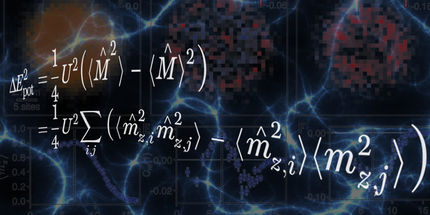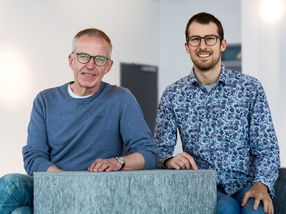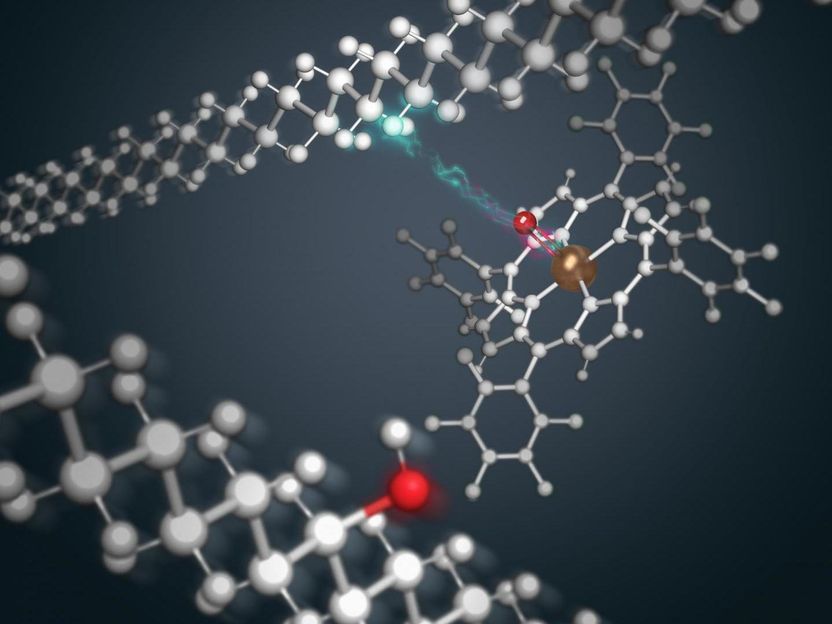Not just cars, but living organisms need antifreeze to survive
Advertisement
If you thought antifreeze was only something that was necessary to keep your car from freezing up in the winter, think again. Plants and animals living in cold climates have natural antifreeze proteins (AFPs) which prevent ice growth and crystallization of organic fluid matter. Without such antifreeze, living matter would suffer from frost damage and even death.
Production of such antifreeze proteins is one of the major evolutionary routes taken by a variety of organisms, including fish, insects, bacteria, plants and fungi. Understanding how this mechanism works is not only significant in itself, but also has important implications for improving the world's food and medicinal production, believe researchers from Israel, Canada and the US who investigated how the process works.
Working on unraveling the AFP enigma were scientists from the lab of Dr. Ido Braslavsky of the Hebrew University of Jerusalem and from Ohio University in the US, in collaboration with Prof. Peter L. Davies from Queens University and Prof. Alex Groisman from the University of California.
Despite half a century of research, the mechanism underlying the activity of the natural antifreeze proteins is still unclear. One of the debates in the academic community regards the chemistry and physics behind the interactions of antifreeze proteins and ice. In particular, there is an ongoing argument over whether the binding of the proteins to ice is reversible and whether continued presence of these proteins in solution is necessary for prevention of ice growth.
The challenge in unraveling these questions stems from a variety of technical problems associated with the growth and tracking of tiny ice crystals in an environment that mimics the surroundings of the antifreeze proteins in nature.
The Hebrew University researchers studied the antifreeze protein of the yellow mealworm. This protein is a hyperactive AFP with a potency to arrest ice growth that is hundreds of times greater than the potency of fish and plant AFPs.
In their study, published in the American journal PNAS, the international team of researchers biochemically created a fluorescent marker version of the AFP that allowed for direct observation under a microscope lens. They injected this protein into custom-designed microfluidic devices with minute diameter channels.
The microfluidic devices were placed in cooling units engineered with a temperature control at the level of a few thousandth of a degree, so that ice crystals of 20 to 50 micrometers could be grown and melted controllably, all under microscopic observation.
Using their specialized system, the researchers were able to show that ice grown and incubated in an antifreeze solution remains coated with protein and therefore protected. They further showed that the AFPs bind ice directly and strongly enough so as to prevent the ice from growth even after there is no longer any further presence of protein in the solution.
The significance of the findings published in this study is not only on the scientific level but also practical. For example, fish AFPs are already used in low-fat ice cream to prevent ice recrystallization, thereby maintaining a soft, creamy texture. These proteins could be used in other frozen foods for maintaining the desired texture without additional fats, say the researchers.
In medicine, AFPs can be used to improve the quality of sperm, ovules and embryos stored in a frozen state, and for cold or cyropreservation of organs (freezing at extremely low temperatures) for transplantation. They can also be used in cryosurgery and in agriculture.
Other studies on AFPs focus on preparation of recombinant plants and fish with improved survival rates under cold and dehydration conditions. Such recombinant crops may improve food dispersion over the world, the researchers believe.


































































